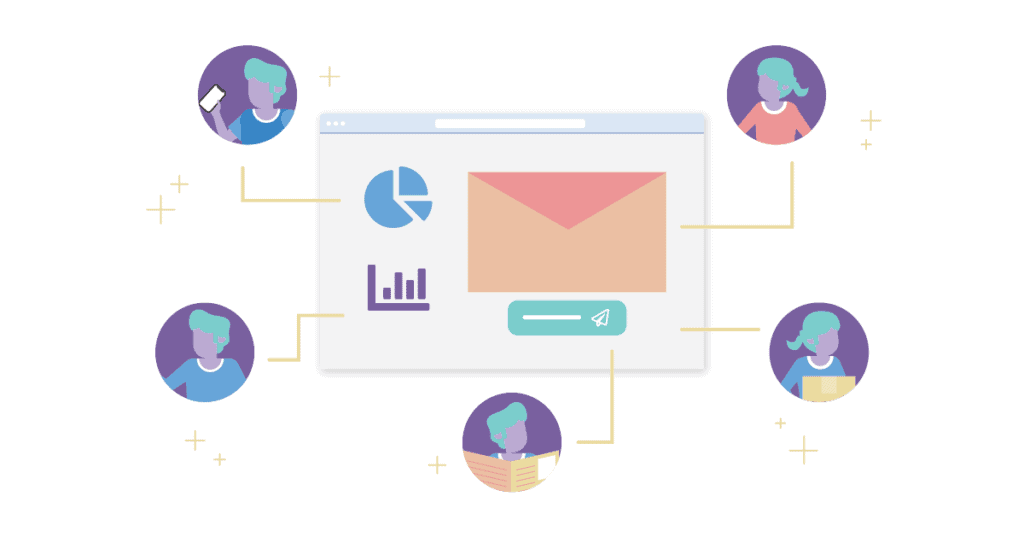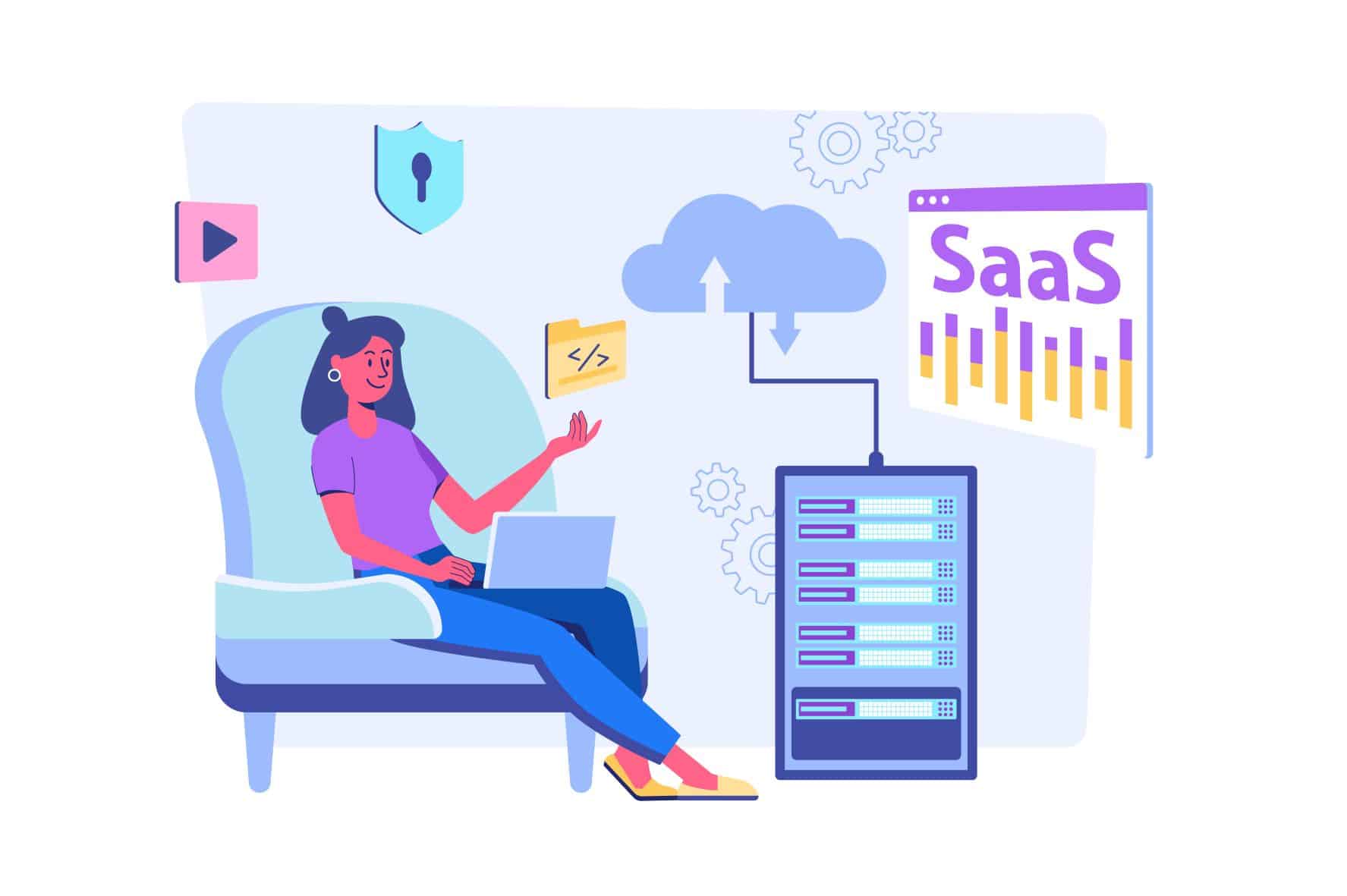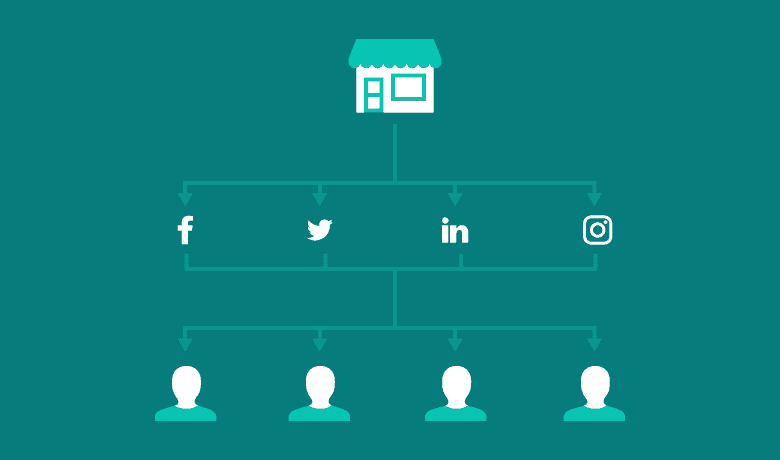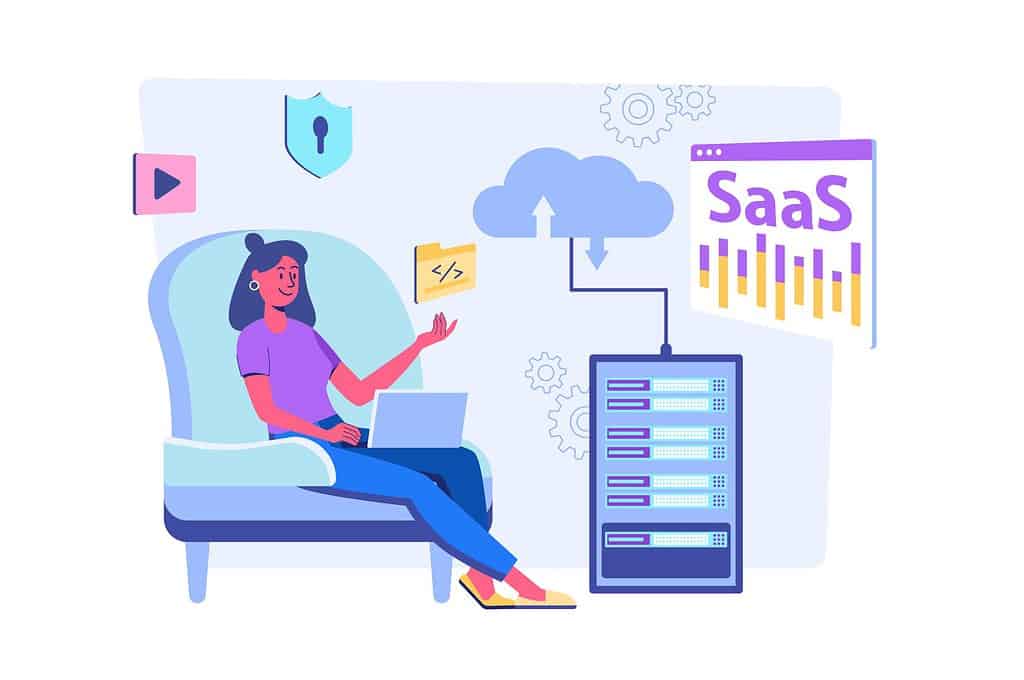Introduction: The Importance of Email List Segmentation for Better Results
Email marketing is a critical component of any business’s marketing strategy, particularly in the digital era. However, to truly unlock the potential of email marketing, it’s crucial to understand the concept of email list segmentation. Segmentation allows marketers to divide their large, diverse email lists into smaller, more targeted groups based on specific criteria. This personalization technique can significantly increase the relevance and effectiveness of your email campaigns, leading to better engagement, conversion rates, and overall results.
The reason behind the effectiveness of list segmentation in email marketing is simple: relevancy. A generic email sent to your entire subscriber base may not resonate with everyone due to varying interests, preferences, and needs. However, by segmenting your email list, you can tailor your messages to match the specific needs and preferences of different customer groups. This way, you’re not just shouting into the void; you’re speaking directly to the recipient, addressing their unique interests and needs.
Understanding Email List Segmentation: Basics and Benefits
At its core, email list segmentation is the process of dividing your electronic mails subscribers into smaller segments based on set criteria. These criteria can be as simple as age or location, or as complex as browsing behavior and purchase history. The main goal of email segmentation is to ensure that subscribers receive emails that are most relevant to them, increasing the likelihood of engagement and conversion.
There are numerous benefits to segmenting your email list. Firstly, it can significantly increase email open rates and click-through rates. Since segmented emails are more relevant to the recipient, they’re more likely to be opened and interacted with. Furthermore, segmentation can reduce unsubscribe rates. If subscribers receive emails that are consistently relevant to them, they’re less likely to feel spammed and unsubscribe from your list. Lastly, segmentation can lead to higher conversion rates and increased revenue for your business, as personalized content tends to lead to more sales.
Step-by-Step Guide to Segmenting Your Email List
Segmenting your email list might seem like a daunting task, but with the right approach, it can be straightforward. Firstly, it’s essential to have a clear understanding of your audience. This can be achieved through a combination of market research, customer surveys, and analysis of customer data.
Once you’ve gathered sufficient data, you can start segmenting your list. The simplest way to begin is by segmenting based on demographic information like age, location, gender, and occupation. However, for more advanced segmentation, you can consider factors like past purchase behavior, website browsing activity, email engagement rates, and more.
Key Factors to Consider When Segmenting Your Email List
When segmenting your email list, the factors you choose to base your segments on will heavily influence the effectiveness of your email campaigns. Commonly used factors include demographics (age, gender, location), psychographics (interests, attitudes, values), behavioral data (purchase history, website activity), and email engagement (open rates, click-through rates).
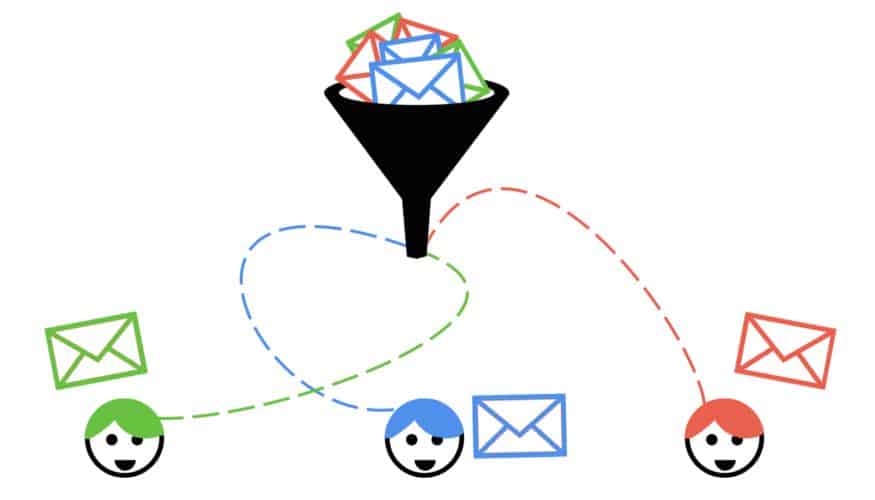
Each of these factors provides unique insights into your subscribers and can be used to tailor your email content to better suit their needs and preferences. For instance, segmenting based on purchase history can help you send relevant product recommendations, while segmentation based on email engagement can help you identify and re-engage inactive subscribers.
Best Practices for Email List Segmentation
While there’s no one-size-fits-all approach to email list segmentation, several best practices can guide your strategy. Firstly, always ensure that your segments are relevant. The more relevant your segments, the more effective your personalized emails will be. Additionally, keep your segments dynamic. As people’s behaviors and preferences change, your segments should adapt accordingly.
Another best practice is to regularly review and update your segmented lists to ensure they’re still relevant and effective. Lastly, don’t over-segment. While segmentation is important, creating too many small segments can lead to unnecessary complexity and diminish the effectiveness of your campaigns.
Leveraging Technology for Email List Segmentation
Technological tools can greatly assist in managing and optimizing email list segmentation. Several email marketing platforms offer built-in segmentation tools that can automatically segment your list based on set criteria. Some of these tools can also track subscriber behavior and automatically update segments based on this data.
In addition to email marketing platforms, there are various standalone tools and software that can assist with segmentation. These include customer relationship management (CRM) systems, data analysis tools, and more. Choosing the right tools for your business will depend on your specific needs, budget, and the size of your email list.
Case Studies: Successful Email List Segmentation Strategies
Examining real-world examples of effective email list segmentation can provide valuable insights and inspiration. For instance, online retailer Amazon uses segmentation to send personalized product recommendations based on browsing and purchase history. This strategy has proven incredibly effective, driving significant engagement and conversions.
Another successful example is the travel booking site, Booking.com. They use segmentation to send targeted emails based on user behavior on their site. For instance, if a user was browsing hotels in Paris but didn’t make a booking, they might receive an email with special offers for Paris hotels. This strategy has reportedly led to increased bookings and revenue.
Conclusion: Making the Most of Email List Segmentation
In conclusion, email list segmentation is a powerful tool in the hands of any marketer. It allows you to deliver more relevant and engaging content to your subscribers, leading to improved open rates, click-through rates, and conversions. By understanding your audience, choosing the right segmentation factors, following best practices, and leveraging the right technology, you can make the most of email list segmentation and drive better results for your email marketing campaigns.
Remember, the goal is not just to segment your list, but to use those segments to deliver more personalized and relevant content to your subscribers. With the right strategy, email list segmentation can significantly enhance your email marketing effectiveness and ultimately, your bottom line.

